The new Bentley Continental GT3-R has been revealed at the Goodwood Festival of Speed and is described as the “fastest-ever accelerating” and “most dynamic road car” in the firm's history, as the British marque seeks to refocus its brand image as offering “performance-focused luxury”.
Just 300 examples of the model - which, the company says, was directly inspired by the Bentley GT3 race car - will be built at a price yet to be announced. GT3-R deliveries start at the end of this year, with order books for the model opening today.
The new GT3-R is based on the Continental. It is a strict two-seater and powered by a newly retuned version of the familiar 4.0-litre twin-turbo V8 engine. This now delivers 572bhp and 516lb ft of torque from just 1700rpm. The GT3-R also weighs 100kg less than a GT V8 S.
The engine is hooked up to an eight-speed ZF automatic gearbox, which has shorter gearing than in other Continental GT models.
Bentley claims that the GT3-R will accelerate from zero to 60mph in just 3.6sec. The engine’s exhaust system is all new and made from titanium, saving 7kg, and has been acoustically tuned to deliver a “unique baritone roar”.
The revamped powertrain, which also gets modified electronic stability control, drives through a new version of the Continental’s all-wheel drive system. It is now fitted with torque vectoring for the first time.
The system allows the engine’s huge torque output to be split unequally between the rear wheels. This enables the car to turn in to bends more aggressively and should dramatically reduce understeer - important in a car that has its engine mounted ahead of the front axle.
Read Autocar's history of Bentley
The car’s Drive and Sport modes are now said to be more clearly defined from each other, with the Sport mode “designed for more spirited driving”. The operation of the column-mounted gearshift paddles has also been recalibrated. Bentley says the result is “the most dynamic, responsive and involving Bentley road car ever”.
The GT3-R rides on the same basic suspension, but the air springs and dampers have been further developed from the set-up used on the Continental GT V8 S.
The new car has 21-inch forged wheels. The braking system uses Bentley’s familiar carbon-silicon-carbide braking system, with 420mm discs and eight-piston calipers at the front and 365mm discs at the rear. Bentley says that such is the power of this braking system that it can absorb up to “10 megajoules” of energy in one stop, which would be “enough to power a family home for six hours”.

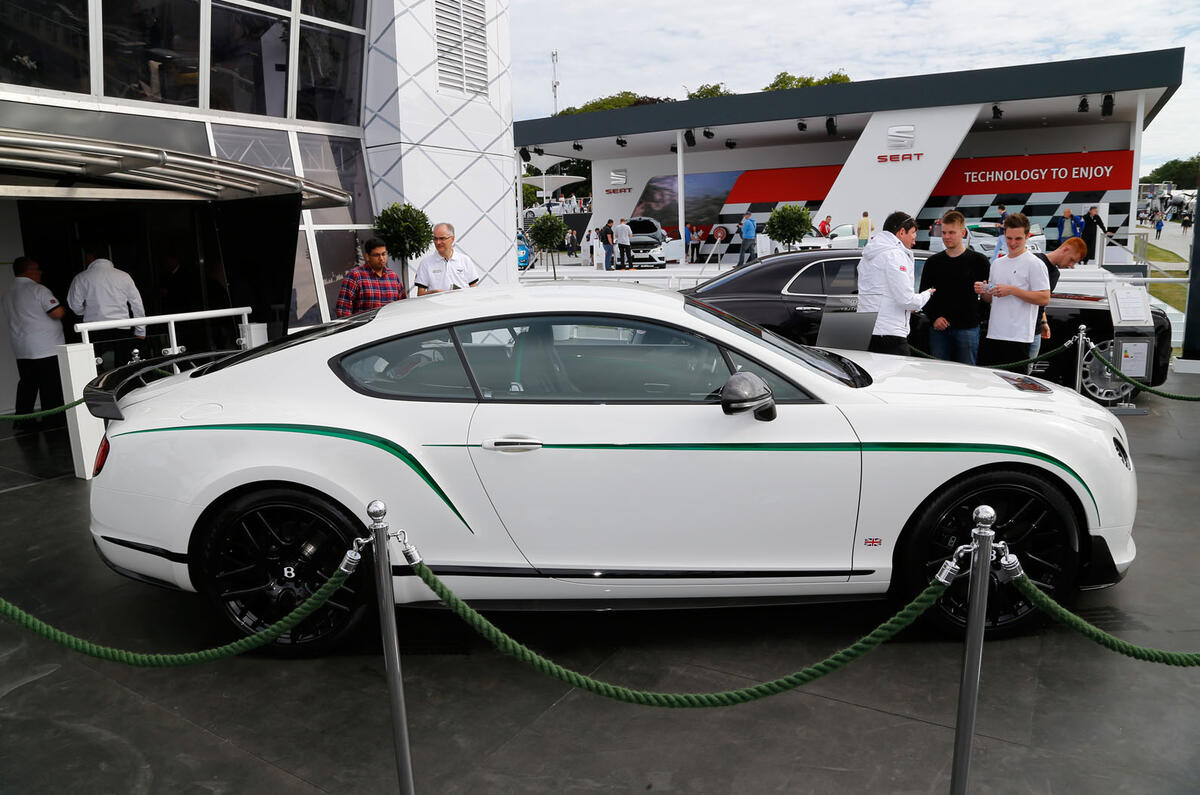
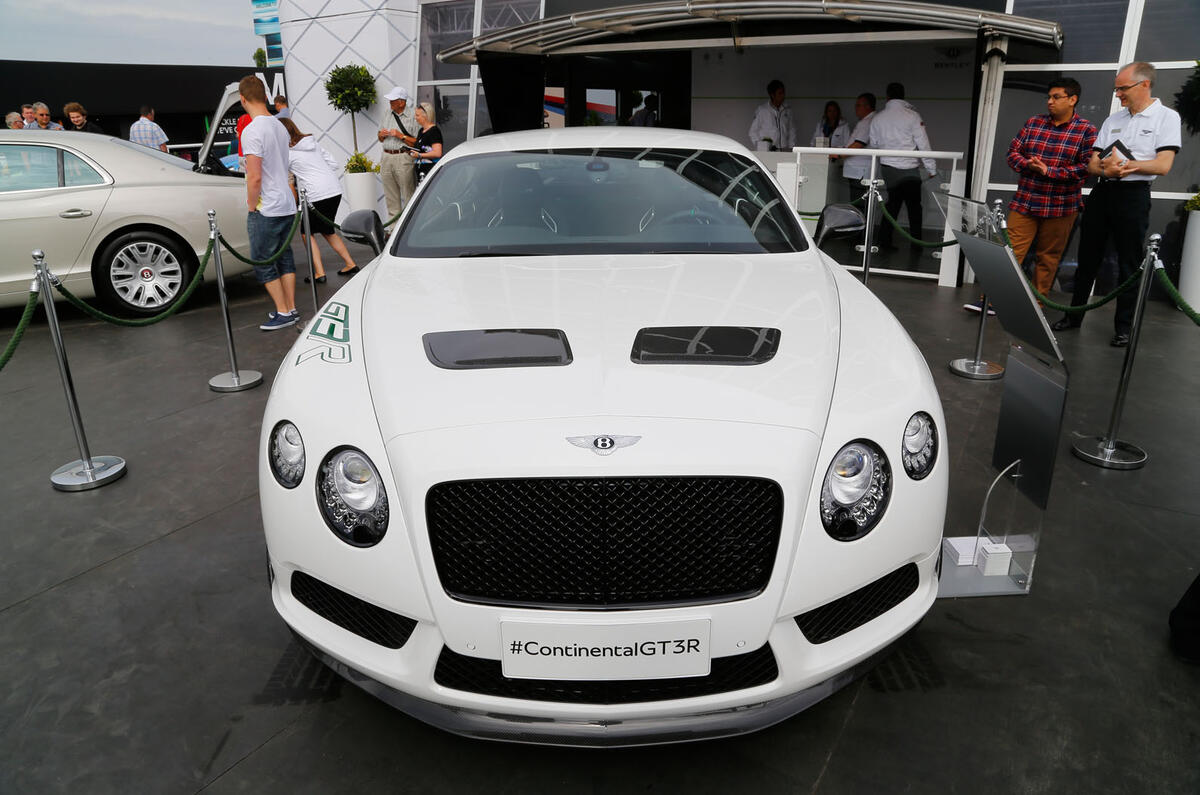
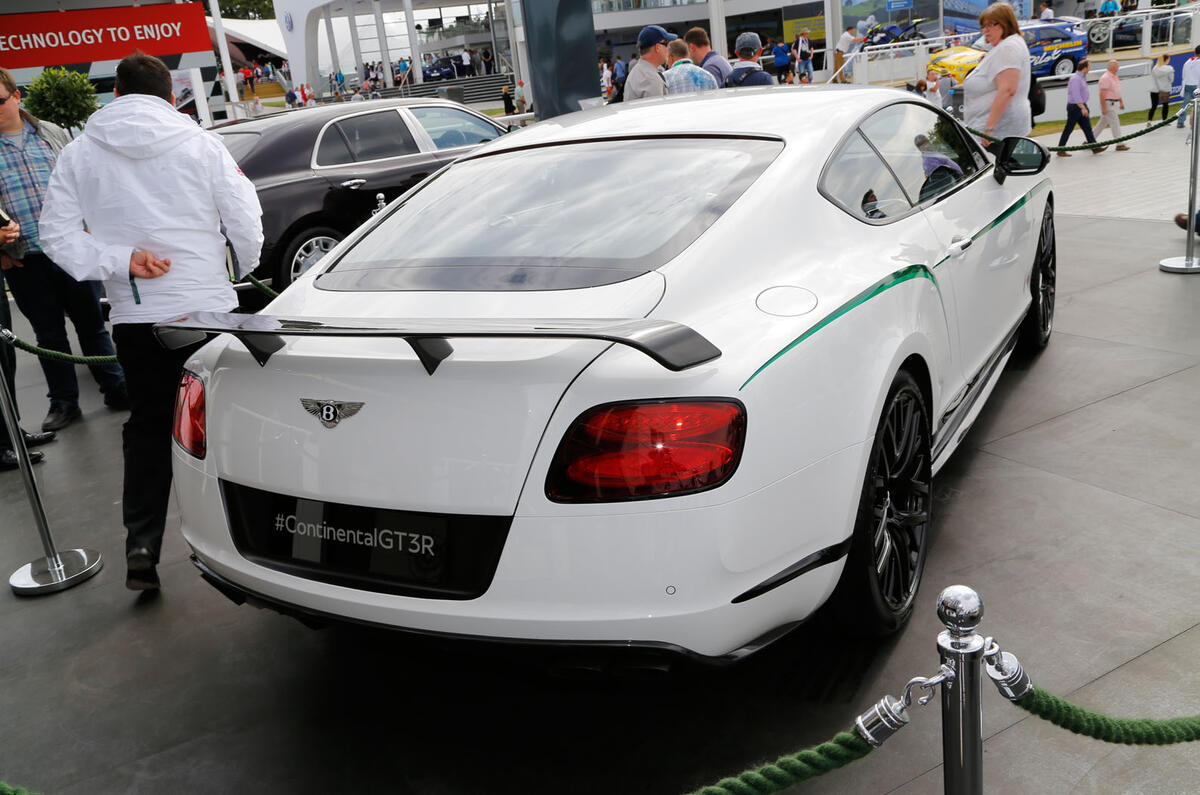
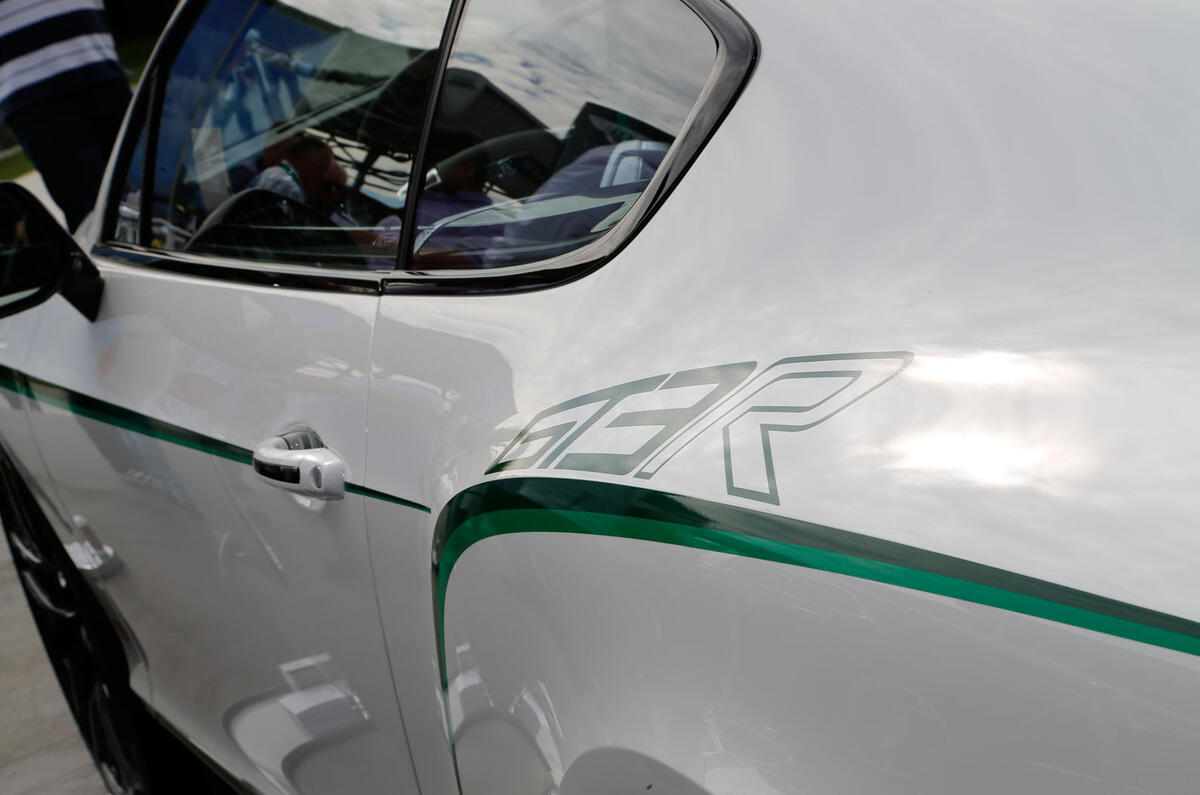
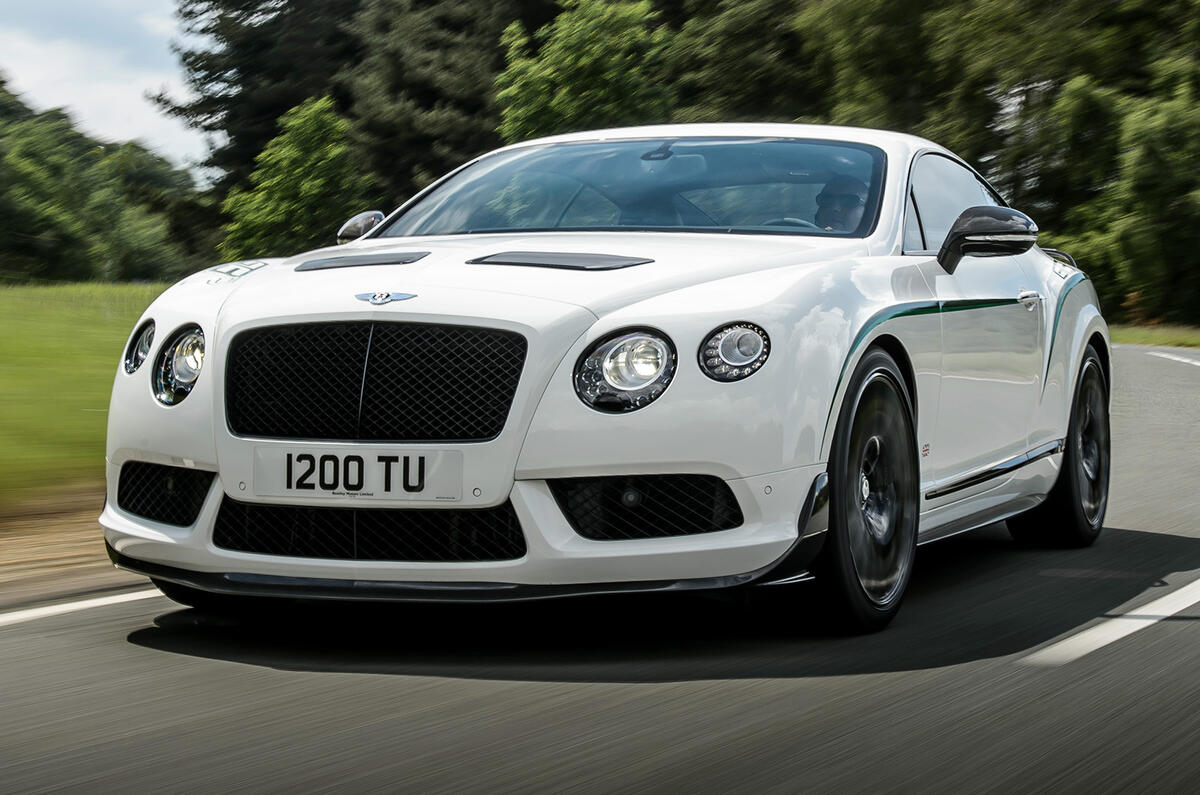
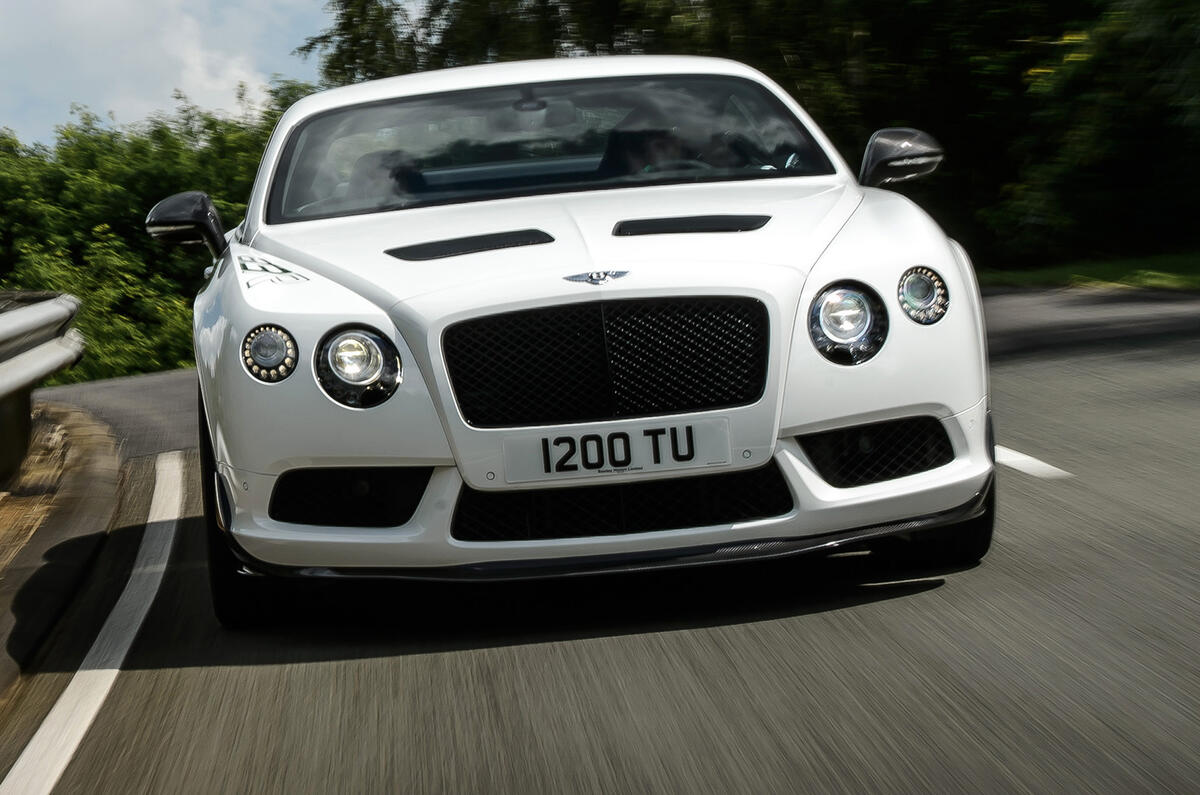
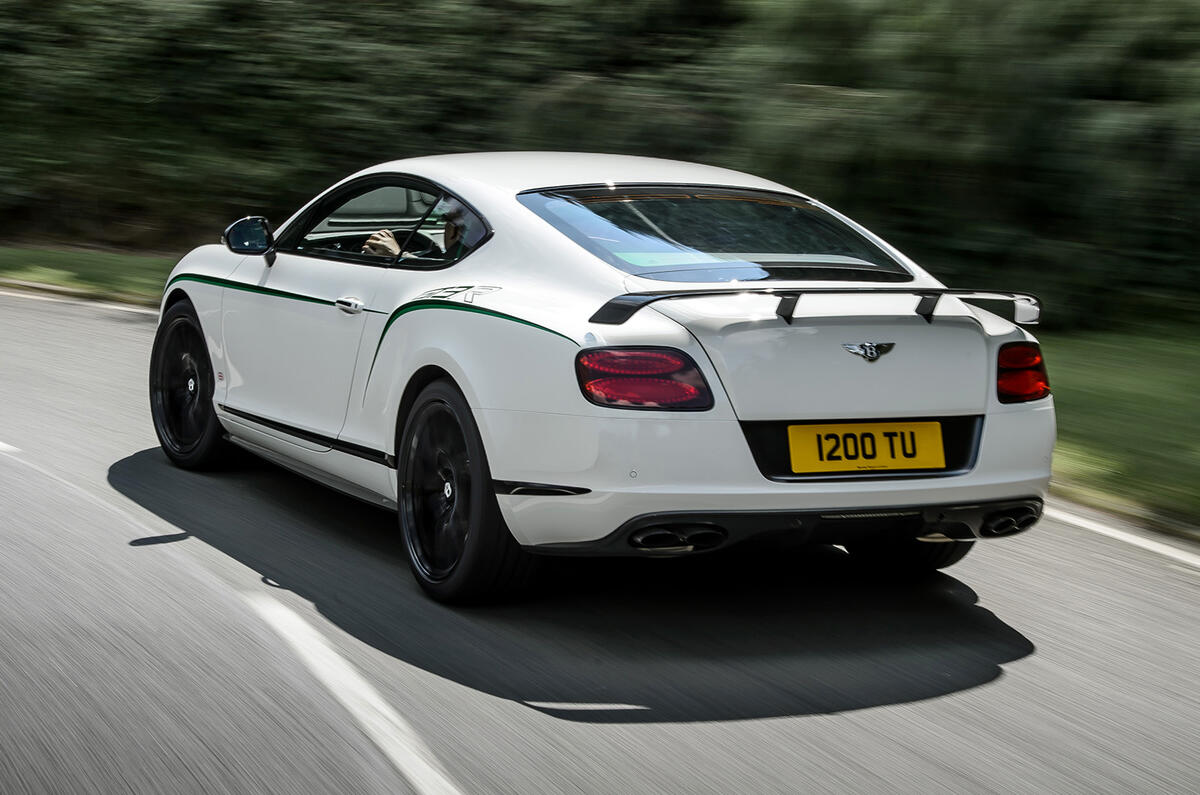
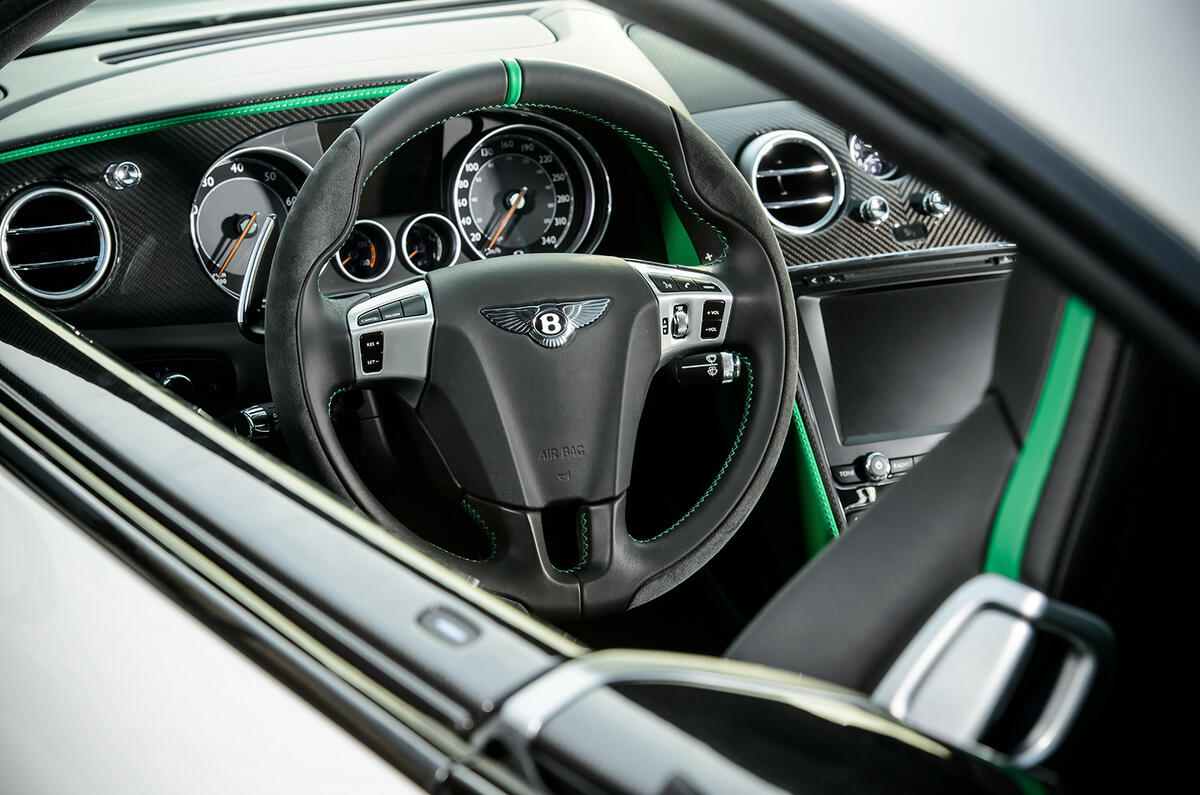
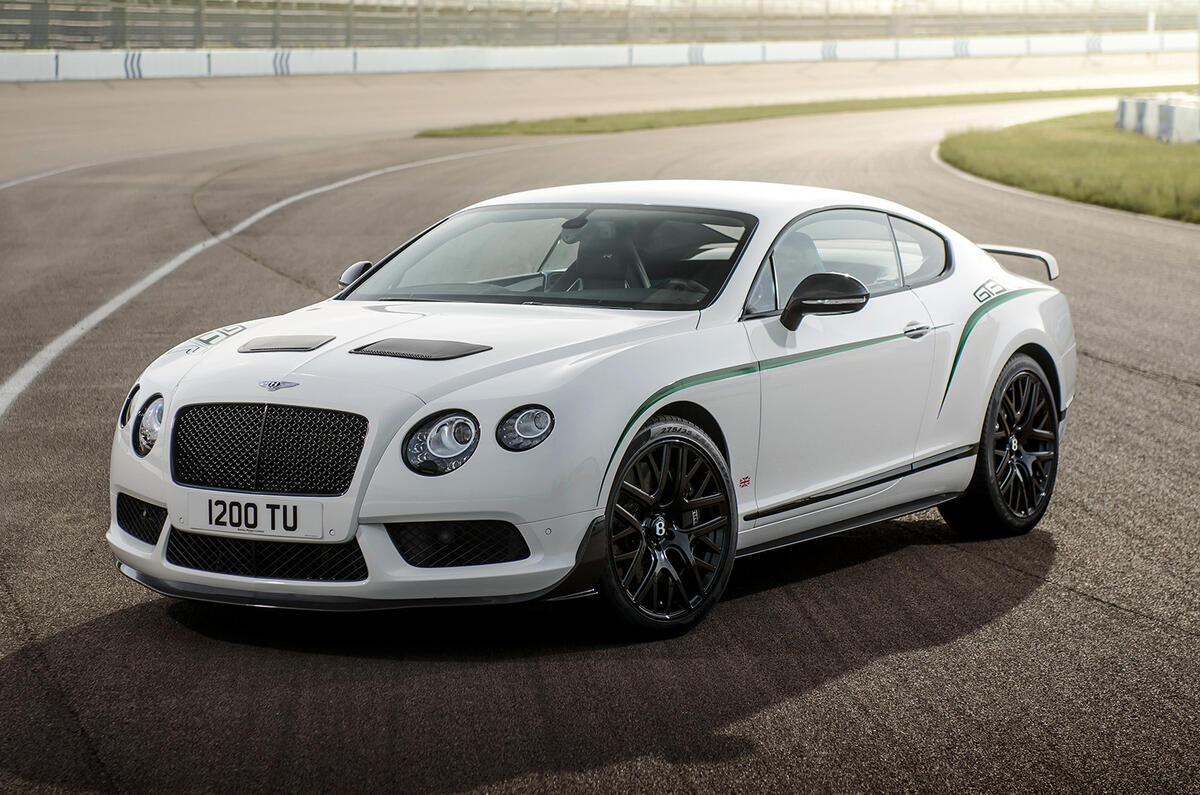


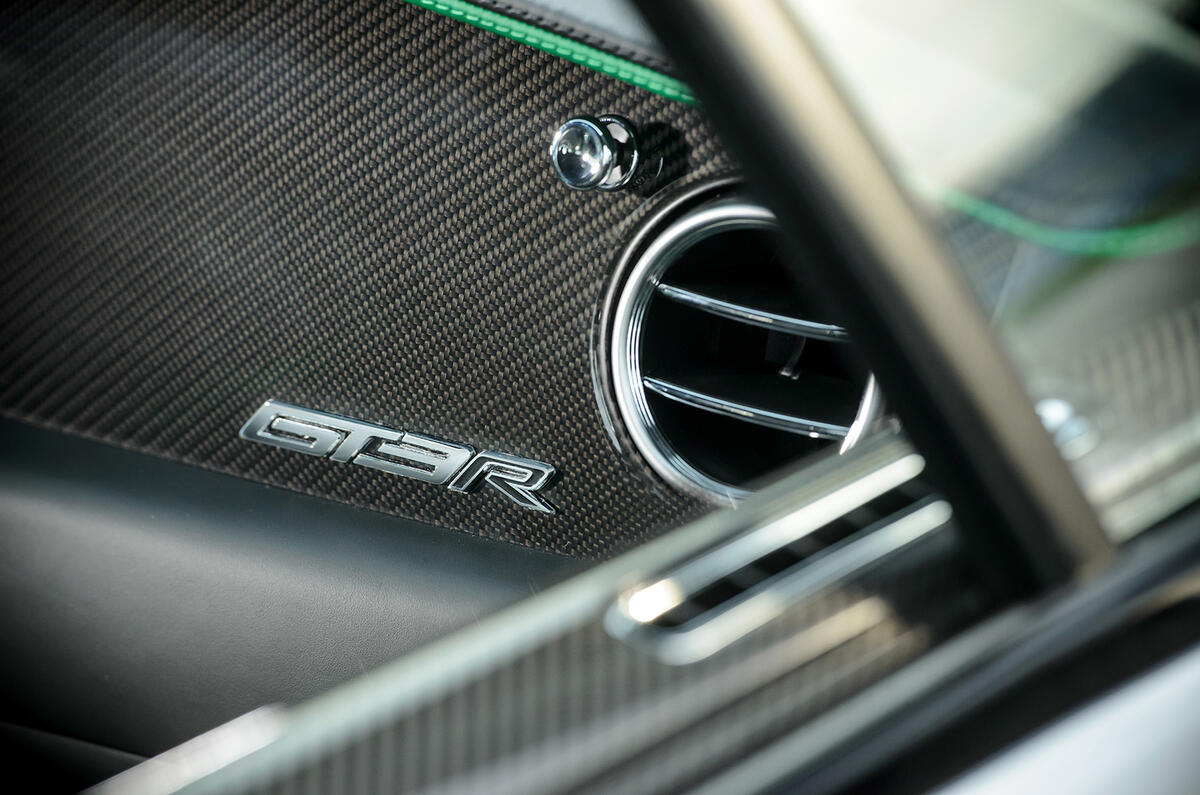

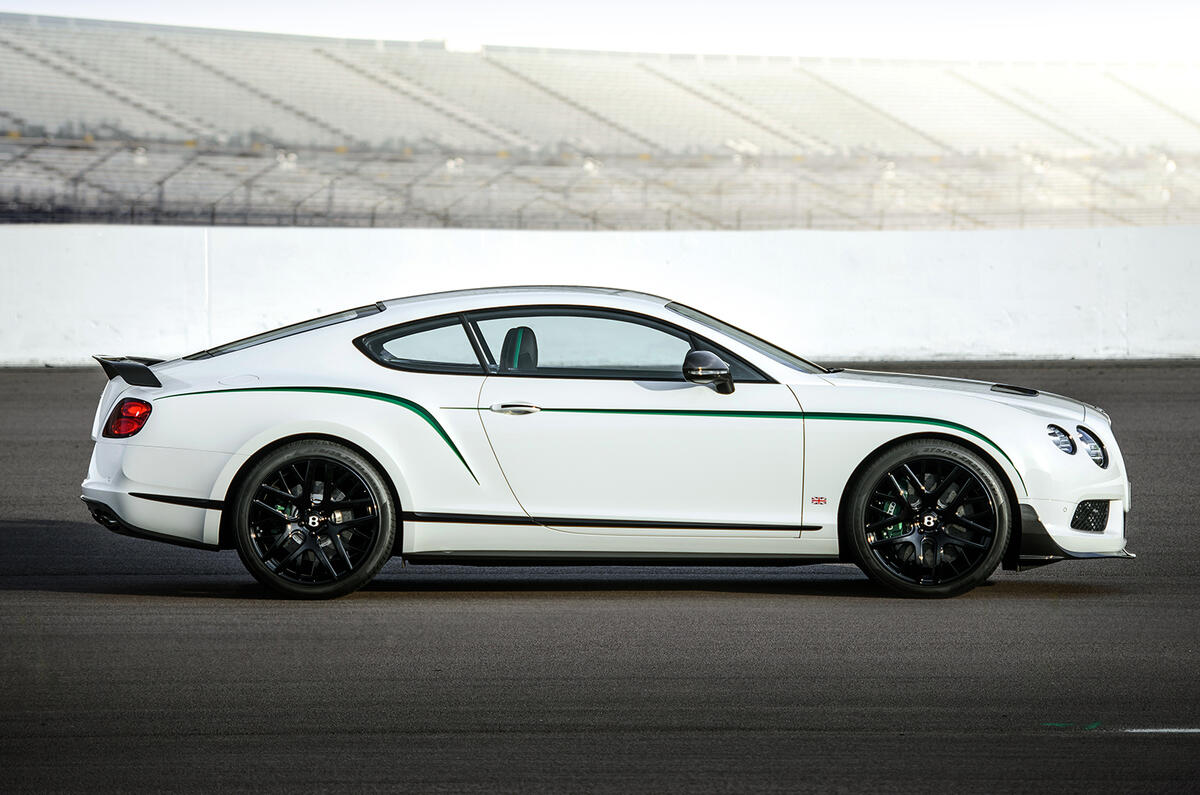
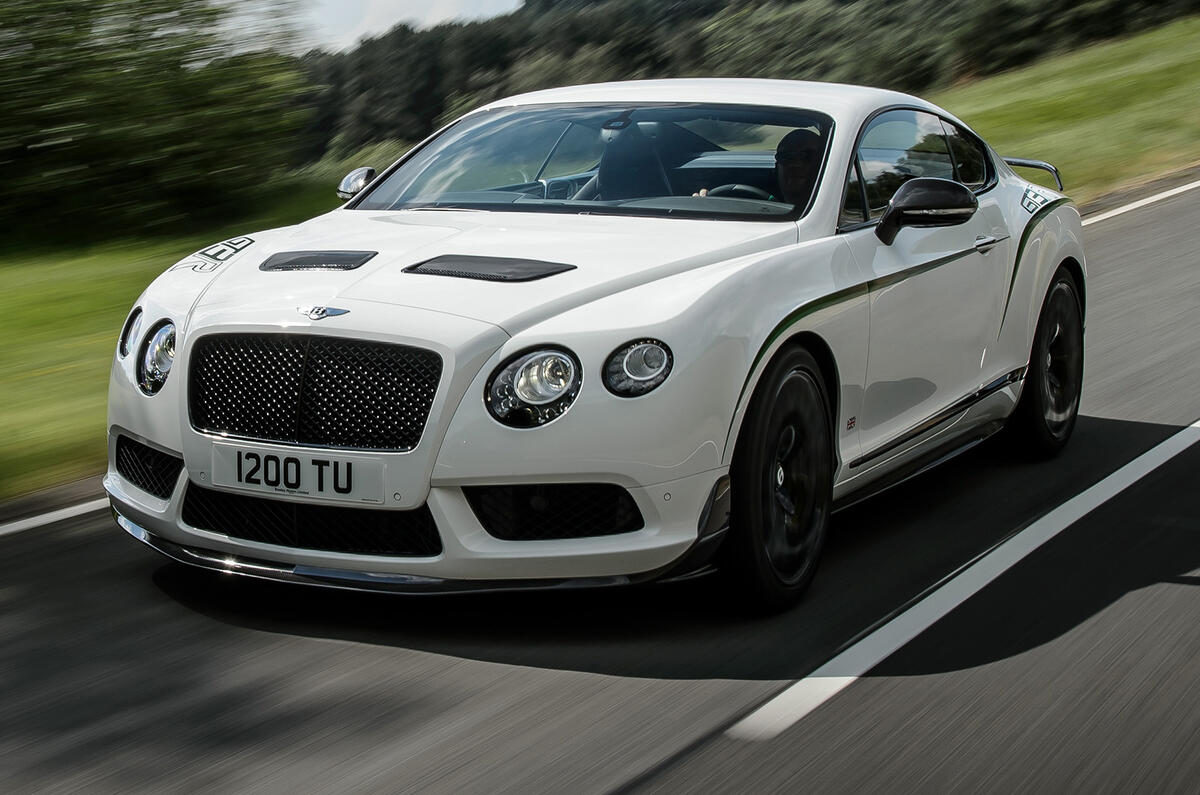
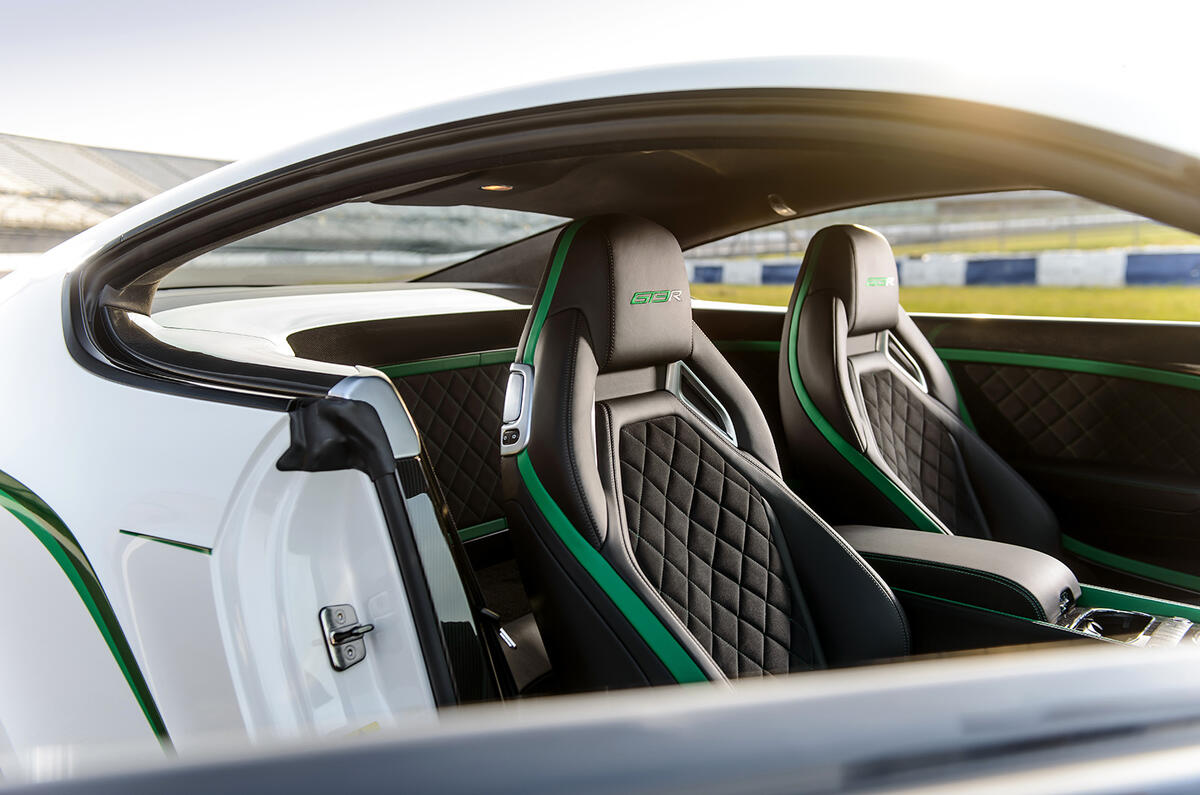















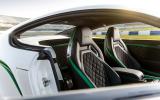


Join the debate
Add your comment
Total rubbish 3...
Please can you confirm with Bentley that they are in error and obtain and print a suitable apology - I realise this sort of thing can't be brought in front of the ASA because it isn't advertising, but your reporting? Press Standards, gentlemen?
Total rubbish 2...
Perhaps German houses are very much more efficient? Or perhaps Germans are just plain useless at simple arithmetic.
pauld101 wrote:A Joule of
Well spotted, and very nice work!
I thought they might have omitted the 16,500 kWh for gas. They would then have 3,300,000/(365.35*24) = 376 Watts, but this would result in 10 MJ over 7 hours, not 6.
Total rubbish...
The transmission ratios will be unchanged and they won't have touched the gearing in the final drives, so it won't make the gearing shorter. My bet is that they've just put on 35 aspect ratio tyres. Or there's been a fowl-up in the communications between German engineering and UK press release. Anyhow it's a turkey - the black paint just serves to highlight the awkward haunches and squinty eyes. Such a crying shame that a, once, great British marque has been degraded to changing the tyre profile and then mis-communicating this to "enhance" the marketing message.